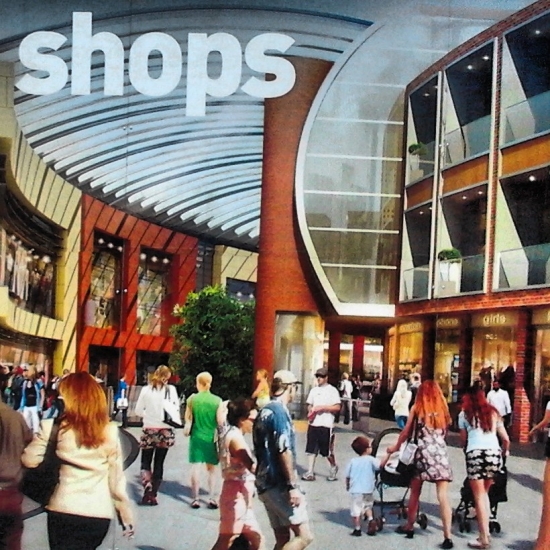High street vacancy rates fell to their lowest level in three and a half years during December according to a survey conducted by the Local Data Company.

Last month 13.9 per cent of high street shops stood empty compared with 14.1 per cent in November.
Significantly, this is the first time the figure has dropped below 14 per cent since the summer of 2010.
The news follows last week’s publication of Deloitte’s UK Real Estate Predictions which forecast that 2014 “will be the year that vacancy rates start to fall in certain locations and the revitalisation of the high street begins”.
“Despite the undoubtedly high vacancy levels that are still being seen, a number of structural issues are setting the scene for recovery,” says the Deloitte report. “High street vacancy rates continue to vary widely across the country, but we predict that 2014 will start to see growing evidence of demand for empty units for a variety of different reasons.”
According to the BRC figures three regions saw the biggest decline in footfall in the three months to October: in the East potential shopper numbers fell by 4.1 per cent; in the South West by four per cent, and by 3.9 per cent in Scotland.
One answer, claims Deloitte, is the return of corner shops and traditional specialist retailers, with high street evolving to reflect the demands of consumers. “Of course, there is no guarantee that additional consumer spending will necessarily flow to the high street,” it says.
“Indeed, recent retail sales growth has been almost exclusively via online channels. In order to win or maintain market share high streets need to play to their strengths and ‘convenience’ is seen as chief amongst these according to our consumer research.
“The growth of the convenience sector can have a knock-on effect on the high street, as convenience formats can revive footfall to an extent that encourages other business to return. However, they cannot, by definition, carry large ranges, and therefore there may be opportunities for specialists such as butchers or bakers to fill the gaps.”
Other reasons to visit the high street are emerging as the distinction between different retail channels continuing to blur. Deloitte estimates there are now over 20,000 pick-up points across the UK.
The recently published Deloitte Consumer Tracker showed steady improvements in consumer confidence. The accountants’ latest report goes even further, by adding that “as economic conditions improve and the dynamics of the interplay between online and physical retail continue to evolve, the future for the high street could be brighter than many imagine”.
Previous Post
Demand High for Dubai Virtual Property Auction